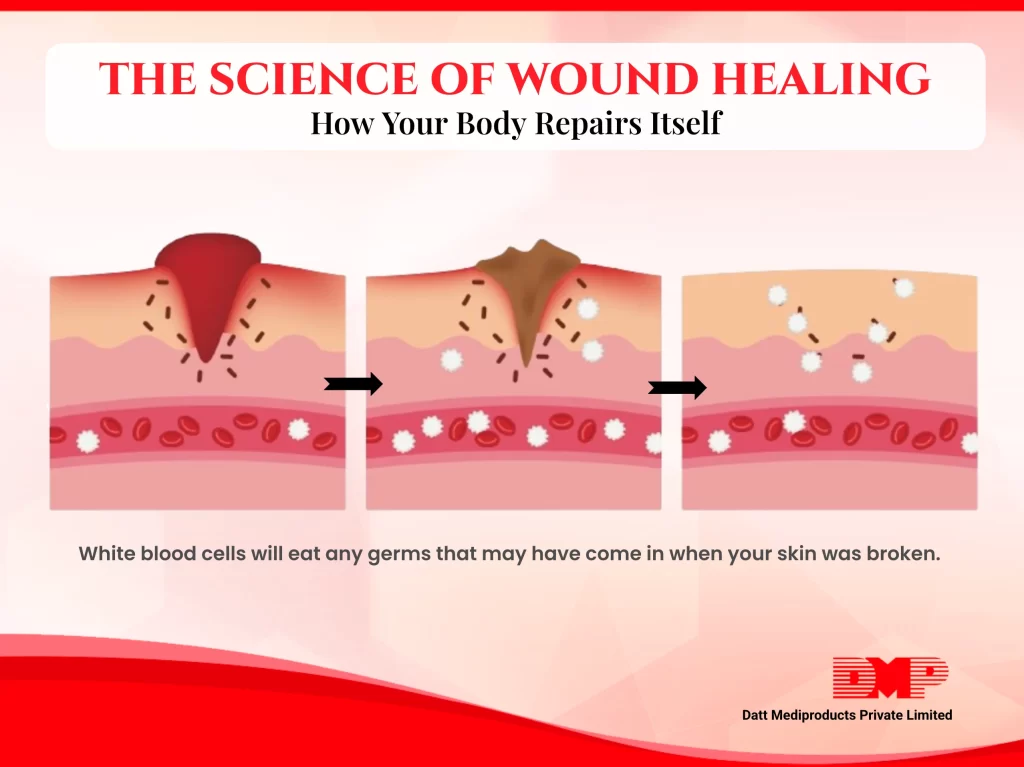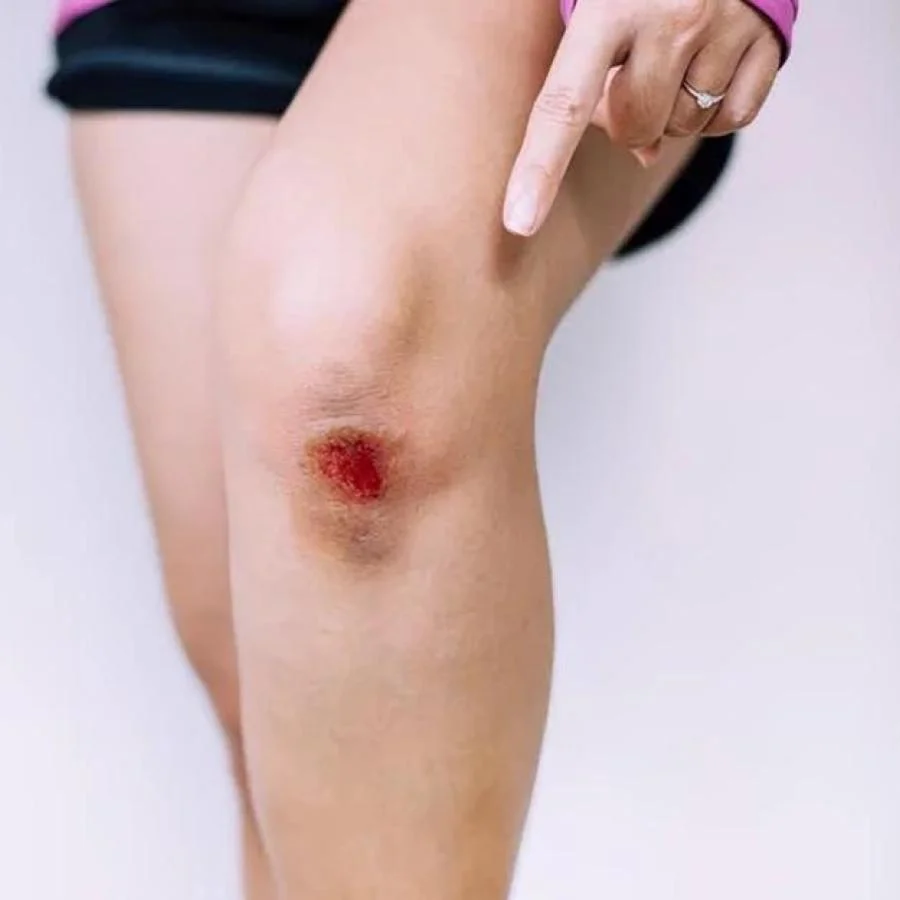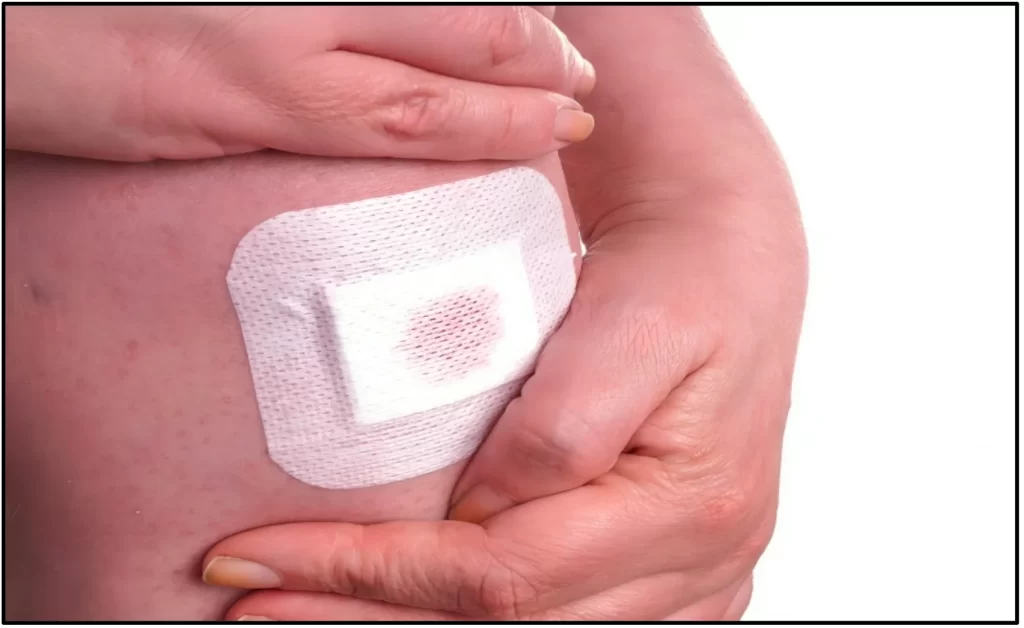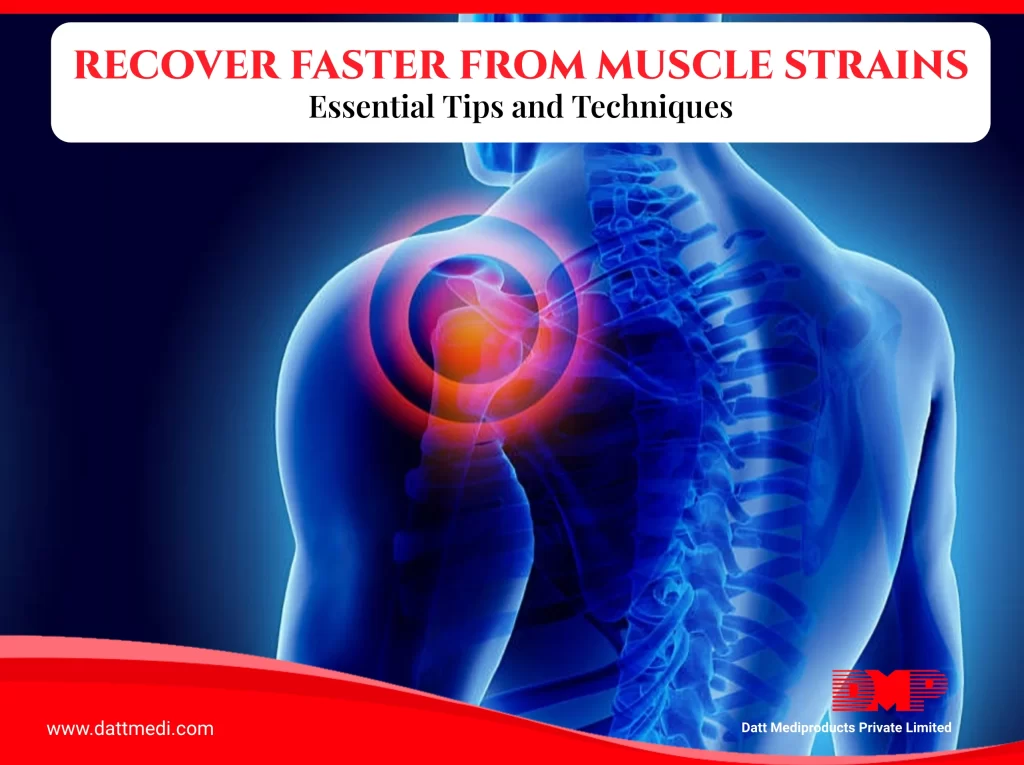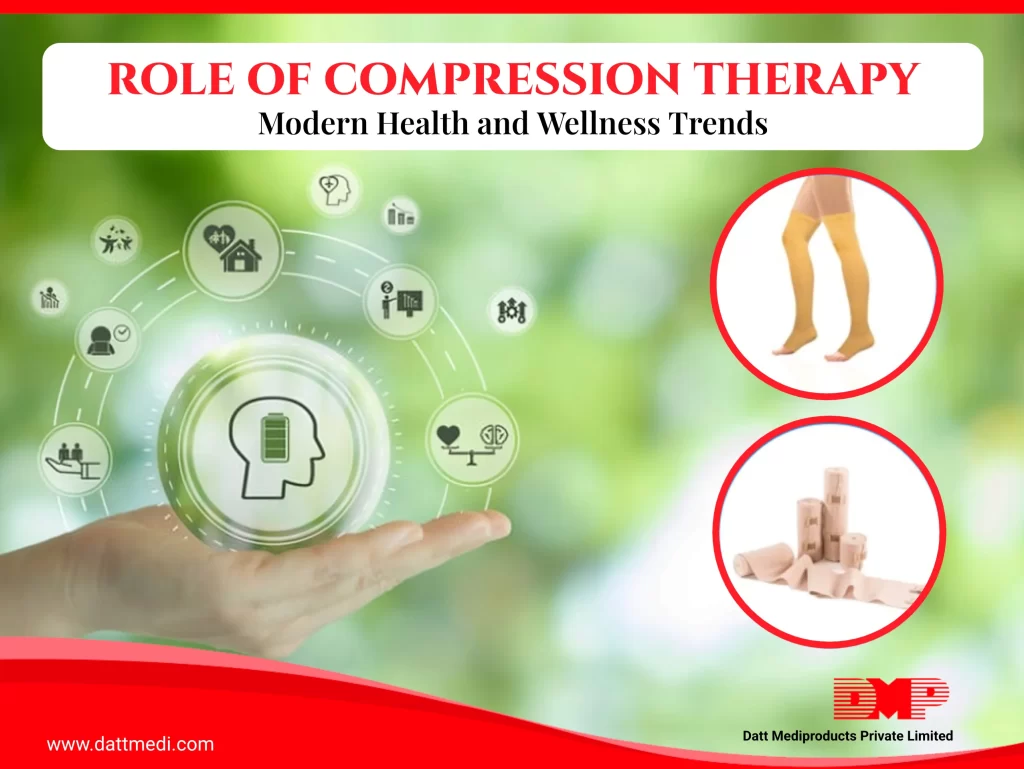
Compression Therapy: A Key Trend in Modern Wellness Routines
In today’s evolving wellness landscape, compression therapy has become a trusted and evidence-based practice. From elite athletes and healthcare professionals to individuals managing chronic conditions or sedentary lifestyles, compression products are now integral to modern self-care.
By improving circulation, reducing swelling, and supporting muscle health, compression therapy blends medical efficacy with everyday wellness—making it more accessible and beneficial than ever before.
1. Compression Therapy and Athletic Performance
Athletes across all disciplines are increasingly using compression therapy to improve outcomes on and off the field.
Improved Blood Flow:
Graduated compression supports venous return, helping muscles function more efficiently during strenuous activity.
Reduced Muscle Strain:
Aids in clearing metabolic waste like lactic acid, limiting inflammation and easing post-exercise soreness.
Enhanced Recovery Window:
Promotes faster readiness between training sessions by minimizing strain and supporting tissue repair.
Today, compression garments and wraps are a standard part of professional sports recovery protocols.
2. Compression Therapy in Injury Prevention and Healing
Whether after a sprain, strain, or surgery, compression therapy plays a vital role in musculoskeletal support.
- Controls Swelling (Edema): Facilitates lymphatic drainage from muscles & surrounding tissues, minimizing fluid build-up, inflammation and discomfort.
- Provides Stability: Delivers targeted pressure to support ligaments and muscles during healing.
- Boosts Oxygen Delivery: Improves nutrient supply and waste removal at the affected site, aiding tissue regeneration and reducing strain & fatigue.
This makes compression an essential component of post-surgical care, orthopedic treatment plans, and rehabilitation.
3. Daily Health and Wellness Benefits
Compression is not limited to sports or medical recovery—it supports everyday health and preventive care.
- Reduces Leg Tiredness:
Particularly helpful for professionals like nurses, teachers, and frequent travelers who spend long hours standing or sitting. - Manages Varicose Veins & Chronic Venous Insufficiency (CVI):
By applying gentle graduated pressure, compression stockings prevent blood from pooling in the veins, reducing discomfort, heaviness, and swelling in the legs. - Supports Circulation in Sedentary Lifestyles:
Maintains healthy blood flow in lower extremities during prolonged immobility, reducing the risk of complications linked to poor venous return.
Modern compression stockings and bandages provide discreet, all-day support for busy routines.
4. DMP’s Trusted Compression Solutions
At Datt Mediproducts, we deliver high-performance compression solutions tailored to diverse needs:
Velkomp® Compression Bandage:
- Adjustable pressure for injury management and swelling control
- Ideal for sports recovery, post-operative support, and general care
Velcare® Varicose Vein Stocking:
- Promotes circulation in the lower limbs
- Recommended for daily use by professionals and patients with venous disorders
👉 If you’re curious : Click Here to Explore our full range of compression products
5. Integrating Compression into Wellness Routines
Wellness goes beyond fitness—it’s about balance and consistency. Compression can be seamlessly included into everyday life:
- During or after workouts for improved performance and recovery
- At work or during travel to limit swelling and discomfort
- Alongside hydration, stretching, and nutrition to strengthen overall health outcomes
6. Backed by Science
Clinical evidence highlights that compression therapy:
- Enhances venous return and reduces pooling in extremities
- Supports healing in post-operative and trauma cases
- Improves endurance and physical comfort when used consistently
7. Comfort and Modern Design
Today’s compression products are designed with convenience in mind:
- Lightweight, breathable, and skin-friendly materials
- Easy to wear discreetly under clothing
- Simple to maintain for daily and long-term use
Far from the bulky models of the past, modern solutions combine medical effectiveness with everyday wearability.
8. The Future of Compression in Health & Wellness
Compression therapy is expanding beyond hospitals to become a lifestyle choice. Innovations on the horizon include:
- Smart wearables that adjust pressure in real time
- Sustainable fabrics and user-focused designs for improved comfort
Compression is no longer just a medical necessity—it’s a proactive wellness essential.
Whether you’re an athlete, recovering from an injury, or seeking to improve circulation during daily routines, compression therapy provides practical, science-backed support. At Datt Mediproducts, we are proud to offer innovative solutions that address the evolving needs of modern consumers.


